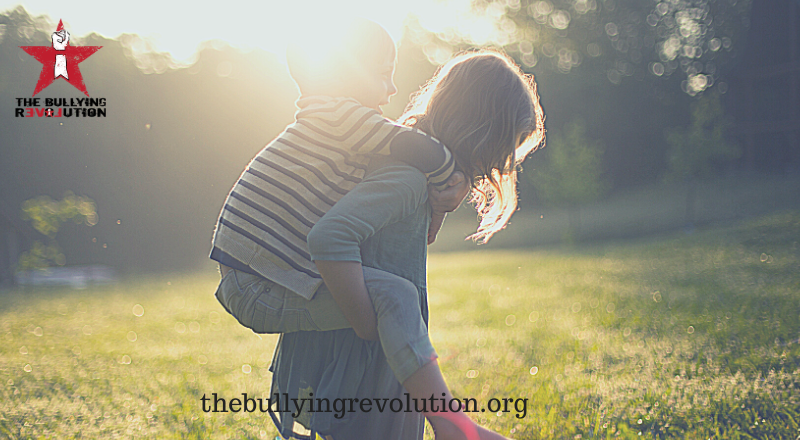We have spoken about how bullying prevention programs have not had remarkable success in changing bullying rates globally over the past half century. Indeed, it seems the only time noticeable change in rates of bullying has occurred over the years has coincided with trends to tighten definitions and measurement. This does not mean that bullying is reducing. It means we are getting better at tightening definitions, and then measuring that. That is, we are measuring changes in definitions, not improvements in outcomes.
Tightening definitions and measurement does not reduce its impacts or improve outcomes for our kids or communities.
The reason we care about bullying is because of its harmful impacts. Tightening definitions and measurement does not reduce its impacts or improve outcomes for our kids or communities. In fact, we argue that it creates larger issues and dangers for our kids. We have discussed this in depth in our book, UnBullying: Uniting for Revolutionary Change.
While concurrently working towards cultural and systemic change, we must change how bullying is addressed on an individual and social level. To that end, we need to shift our focus from definition, measurement and reduction of behaviour, to wellbeing outcomes and reduction of harms.
Anti-bullying Policy or Wellbeing Approach?
Does your school have an anti-bullying policy, or a total wellbeing approach? One suggests a reactive approach to behaviour management, while the other reflects a positive proactive long term goal of wellness. There is strong evidence of the benefits of promoting positive peer relationships from early primary school as part of a total wellbeing strategy.
There are many things we can do to help kids develop resilience and social skills. These will prepare them not just for the challenges of growing up and surviving school, but also to help them thrive throughout their lives. Kids need to develop good play and friendship skills. They need to learn to regulate their emotions to be able to respond calmly and assertively in challenging situations. They need to learn to read body language to interpret peer situations accurately which will help them resolve potential conflicts before they escalate. These may seem self explanatory, but evidence does show that kids who develop these skills do better on mental wellness scales over the long term. This must always be our goal – to raise kids who thrive into adolescence and adulthood.
A note of caution
We must be mindful of not relying solely on social skills training and resilience building strategies as a bullying solution. This ignores the need for cultural and systemic change. As a preventative tool or a reactive strategy, teaching these skills implies developing preparedness for a world where bullying is assumed. That is, they suggest that our focus should be on skilling kids up to become “unbullyable” in a world where bullying is the norm.
Teaching kids to avoid bullying through better social skills, to get better at handling and resolving conflict before it escalates, and to bounce back from challenges are all good things. But none of these strategies are a solution to creating cultural change or eradicating bullying. They simply move the bullying behaviour or interaction away from one child to another. Likely to a child who has not had the opportunity to develop their social and bullying defence skills to that level.
When we talk about bullying prevention, we are not talking about preventing it from happening to this child, that child, or my child. We are talking about preventing it from happening. At all. To anyone.

